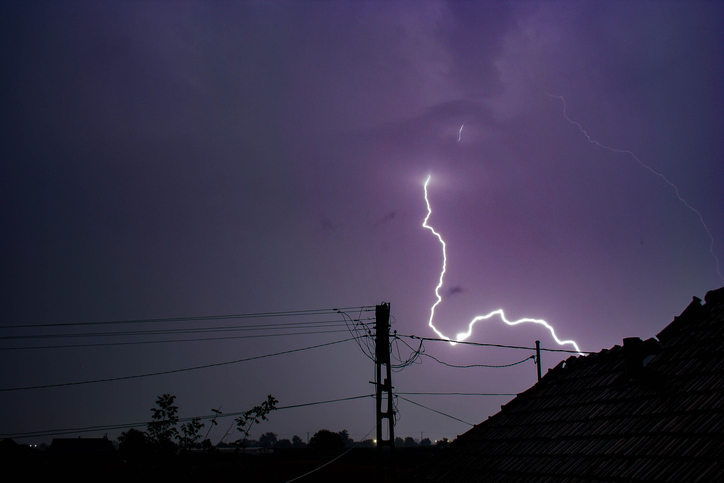Signs You Need to Replace Attic Insulation and Associated Costs

Signs You Need to Replace Attic Insulation and Associated Costs
January 24, 2018
If you notice your heating or cooling bill skyrocketing, it may be time for you to change your attic insulation. There are a few different signs that tell it’s time to have your insulation replaced.
Standard insulation starts to degrade and start peeling from walls after about 15 years. If you have an older home, chances are the attic insulation is the same insulation that was installed when the house was built.
Insulation should also be replaced, in some cases sooner than 15 years, if it is no longer doing its job properly. You’ll know it needs to be replaced if there are insulation leaks or if it is peeling from the walls.
Signs that Your Existing Insulation May Need to Be Replaced
If you don’t know how old your attic insulation is, there are a few signs that can tell you it is time to have your insulation replaced.
- Issues With Heating Or Cooling – If you have to blast the heater or the AC at all times to keep your house at comfortable temperatures, this is a good sign that the insulation is failing to trap the cold or hot air and should be replaced.
- Drafts – If you notice cool drafts, this means your insulation isn’t properly keeping the air outside from entering the house and needs to be replaced.
- Mold or Wet Insulation – If your insulation is continually damp or you have noticed mold on your insulation, you should have the insulation removed, your attic inspected and repaired, and then new insulation installed.
Types of Insulation
There are a few different types of insulation you can choose from.
- Batt Insulation – This is probably the most common type of insulation. It is made from fiberglass or natural fibers and reliably captures (or keeps out) heat.
- Spray Foam Insulation – Spray foam insulation is insulation that is sprayed into an area and then expands to fill the area. It is very effective at insulating, especially if you are insulating hard-to-reach areas.
- Reflective Insulation – This type of insulation reflects heat or cold and is usually made from reflective materials or cardboard.
Enhance Energy Efficiency with Attic Insulation Removal and Replacement
If your roofing is allowing cold air in or allowing warm air to escape, JM Roofing & Siding is happy to check out your roof and diagnose the problem. Contact us today for a consultation on your home.
Recent News
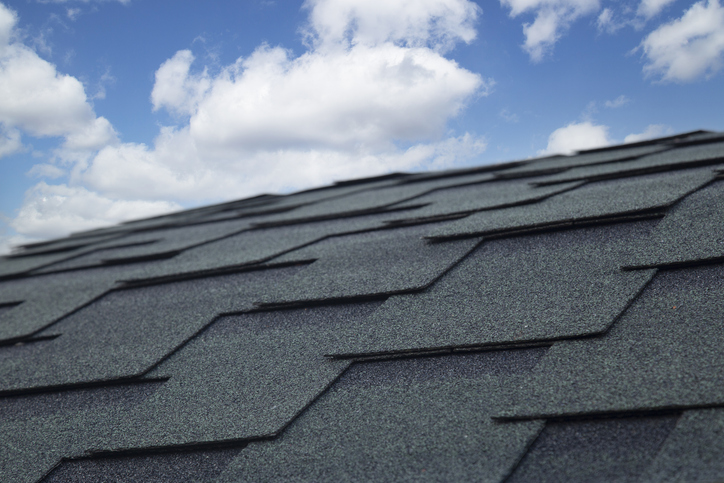
How to Spot Signs Your Asphalt Roof Needs Repairs
July 10, 2025
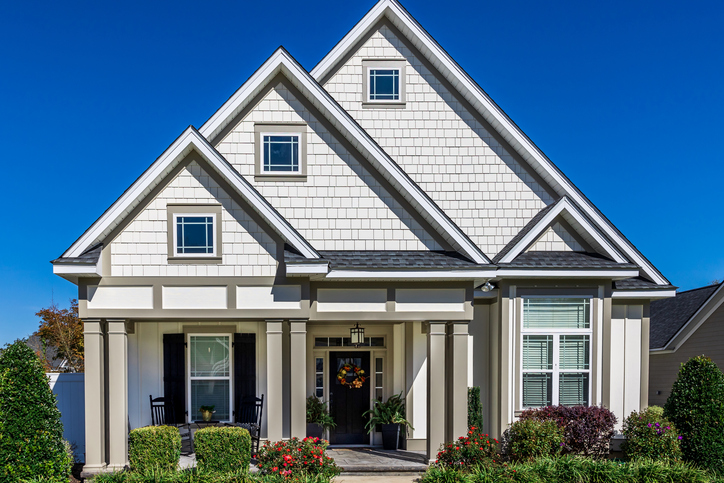
Summer Project Inspiration: Upgrading Your Home’s Exterior
June 27, 2025
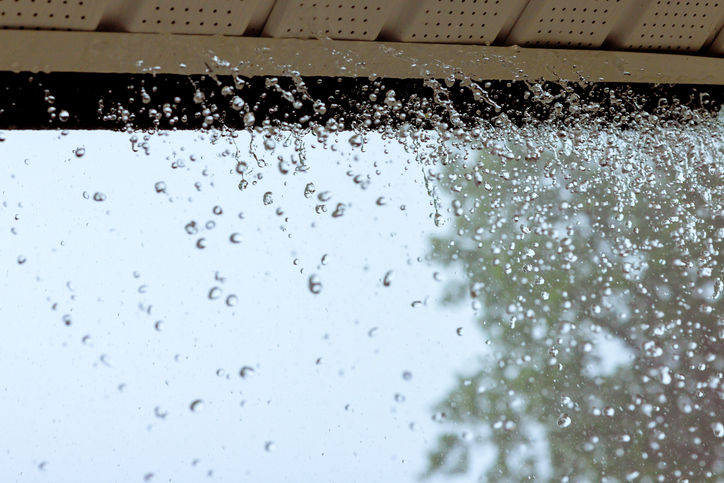
Top 3 Causes of Overflowing Gutters
June 19, 2025
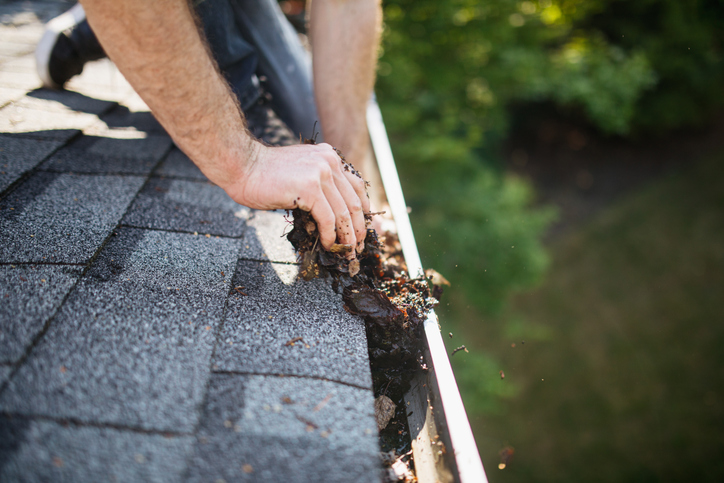
Spring Roof Cleaning Tips to Prepare Your Home for Summer
June 13, 2025
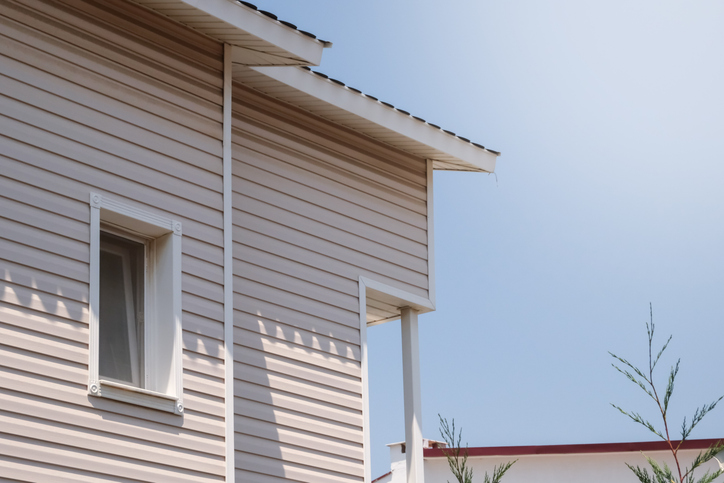
How to Protect Your Siding During Storms
June 9, 2025
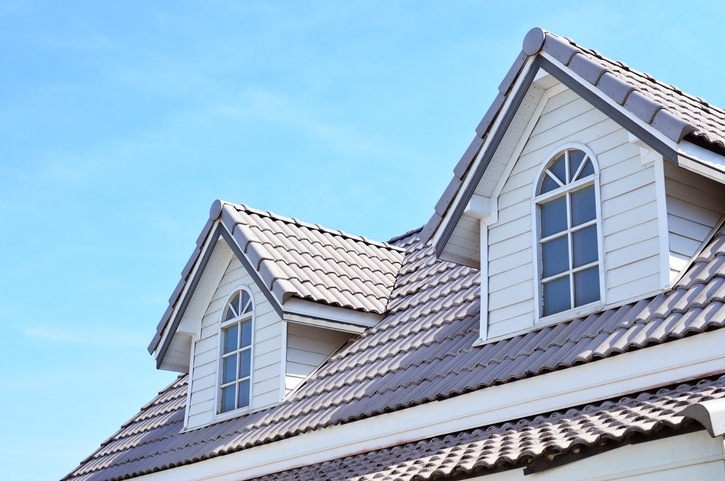
5 Common Roofing Mistakes Homeowners Make in Spring
June 5, 2025
